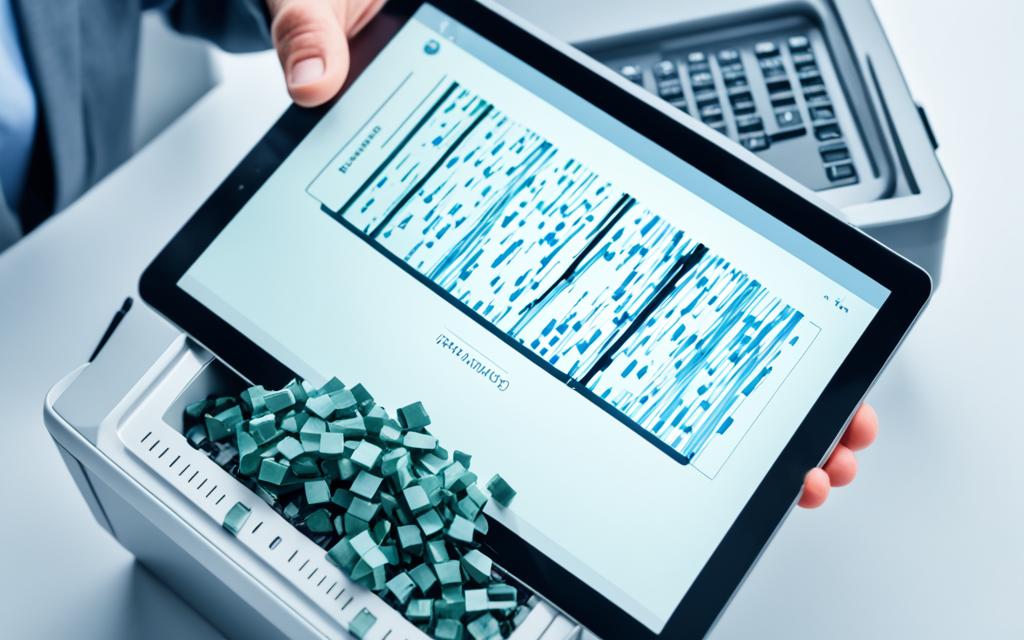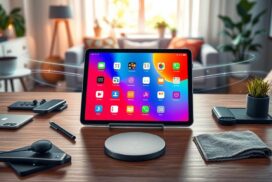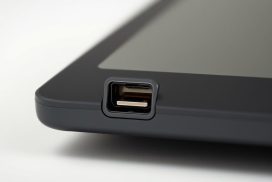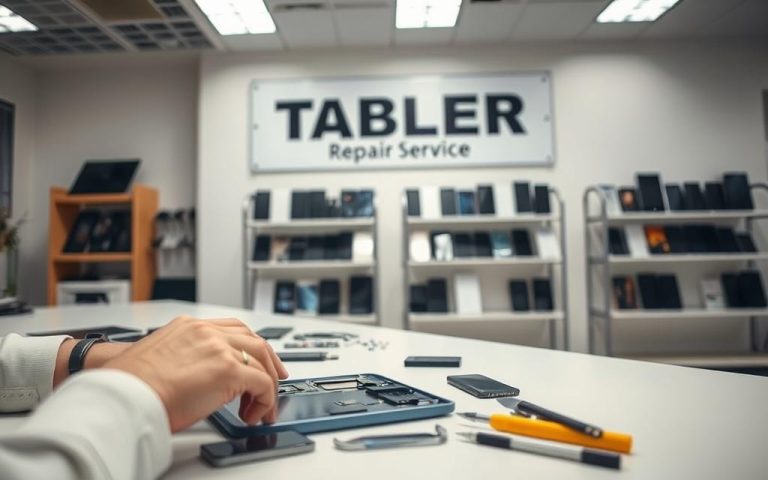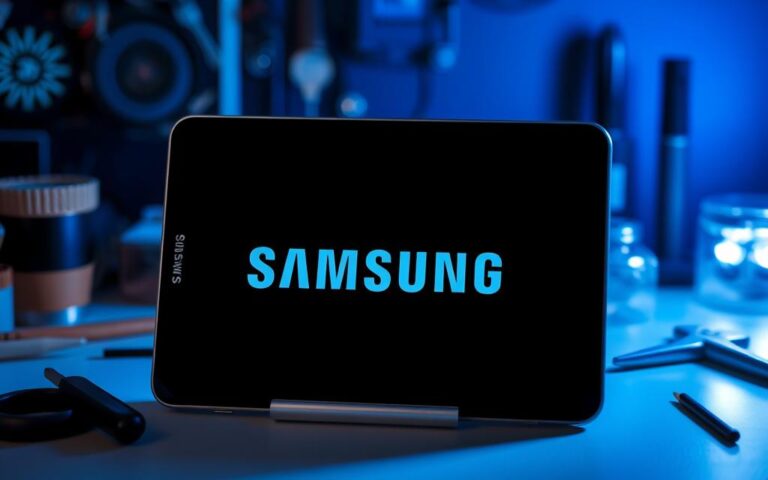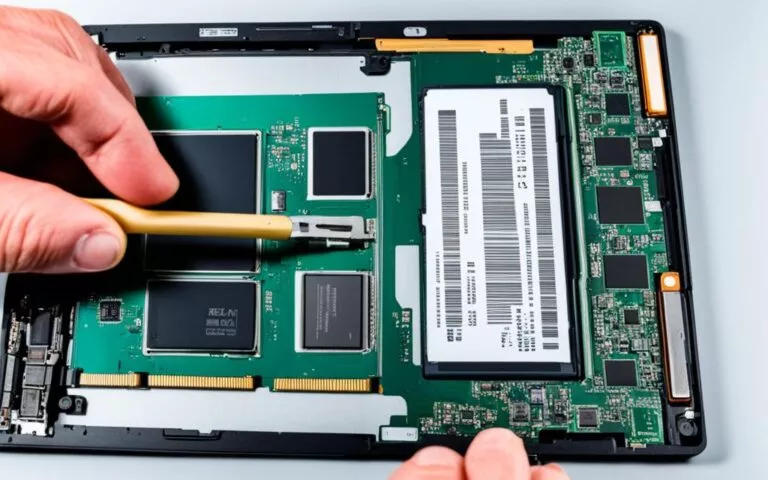How to Securely Erase Your Tablet Before Selling
When you decide to sell or dispose of your old tablet, it’s important to securely erase all the personal data from the device to protect your privacy. Basic file deletion and factory reset are not enough to completely wipe the data. A recent study found that it’s still possible to recover photos, emails, text, and other documents from a reset Android device. In this article, we’ll guide you through the steps to securely wipe your tablet to ensure it doesn’t have any remnants of personal data.
If you’re looking to sell your tablet or pass it on to someone else, it’s crucial to take steps to completely and securely erase all your personal data. This ensures that your private information stays private and doesn’t end up in the wrong hands. Simply deleting files or performing a factory reset is not sufficient, as it is still possible for someone to recover your data using specialized software.
By following a few simple steps, you can ensure that your tablet is thoroughly wiped and ready for its new owner. We will cover the necessary precautions, such as backing up your data, encrypting your device, overwriting with junk data, removing accounts and cards, and performing a factory reset. Let’s dive in and learn how to securely erase your tablet.
Why Basic File Deletion and Factory Reset are Not Enough
When you delete a file from your tablet, the operating system removes the pointer to that file but doesn’t actually delete the file itself. Until the operating system writes new data over the sectors containing the file’s contents, it is still recoverable. A file recovery program can scan the device for these deleted files and restore them. This is why basic file deletion and factory reset are not enough to securely erase your tablet.
Imagine you’re selling your tablet and assume that a factory reset will wipe all the personal information from it. However, it’s essential to understand that deleting files or performing a factory reset doesn’t completely eradicate the data from your device. There is still a chance that someone with the right knowledge and tools could recover your sensitive information, such as photos, emails, text messages, and other documents.
When a file is deleted, it is not immediately eradicated from the storage medium. Instead, the deleted file’s entry is removed from the file system, and the space it occupied is marked as available for new data storage. Until that space is overwritten with new data, the original file remains intact and can be potentially recovered using data recovery software.
Data remanence refers to the residual traces of data that persist on storage devices even after the file has been deleted. This remanent data poses a significant risk to your privacy, as it can be recovered and misused by unauthorized individuals.
To illustrate the potential risks of file deletion and factory reset, consider the following example:
You decide to sell your old tablet, and before doing so, you perform a factory reset to ensure all your personal data is erased. However, the person who buys your tablet runs data recovery software and discovers your private photos, emails, and documents that were not permanently deleted. This is why relying solely on basic file deletion and factory reset is not enough to protect your digital privacy.
Experts recommend taking additional steps to securely erase your tablet and ensure that your personal information is irretrievable.
Understanding Data Recovery
Data recovery is the process of retrieving lost, deleted, or inaccessible data from storage media after it has been intentionally or accidentally deleted. Data recovery software utilizes various techniques to scan and recover deleted files from devices. These programs can identify and extract data remnants that haven’t been overwritten by new data. This process allows users to recover deleted files, but it also poses a risk to your privacy if your personal information falls into the wrong hands.
The Limitations of Basic File Deletion and Factory Reset
Basic file deletion and factory reset options provided by operating systems are primarily designed for convenience and performance, rather than data security. These methods are not specifically focused on permanently erasing data but rather resetting the device to its original state. Consequently, they often fail to completely remove traces of your personal information from the tablet.
| Method | Effect on Data Remanence |
|---|---|
| File Deletion | Does not remove data remnants; recoverable with the right tools |
| Factory Reset | Does not guarantee complete erasure; recoverable with data recovery software |
As shown in the table above, both basic file deletion and factory resets fall short in addressing data remanence effectively. Therefore, if you want to ensure the complete deletion of personal data from your tablet, it is essential to follow more robust and secure methods of data erasure.
Next in this article, we will explore the steps you can take to securely erase your tablet and protect your privacy before selling or disposing of it. These steps will significantly minimize the risk of data recovery and unauthorized access to your personal information.
Now that you understand the limitations of basic file deletion and factory reset let’s move on to Section 3 where we will discuss how to back up your data before wiping your tablet.
Backup Your Data
Before wiping your tablet, it’s important to back up all your data to ensure you don’t lose any important files. Taking the time to back up your data can provide peace of mind and make the transition to a new device much smoother.
To back up your tablet, consider the following options:
- Google Drive: Use Google Drive to automatically back up important data such as device settings, apps, SMS, call history, and contacts. This cloud-based storage solution offers seamless synchronization and easy accessibility across devices. It’s a reliable and convenient way to ensure your data is safely stored.
- Google Contacts: Sync all your contacts using Google Contacts. This feature allows you to easily back up and access your contact list, ensuring you don’t lose important numbers or addresses.
- Manual Backup: For media files such as photos, videos, and music, you can manually copy them to a computer. Simply connect your tablet to a computer using a USB cable and transfer the files to a designated folder. This method provides maximum control over your data, allowing you to choose which files to back up.
- Third-Party Backup Tools: Consider using a reliable third-party backup tool for additional data such as text messages, call logs, system settings, and browser bookmarks. These tools often offer advanced features and customizations to cater to your specific backup needs.
By securing a backup of your data, you can confidently proceed with wiping your tablet, knowing that all your important files are safely stored and easily recoverable.
Image: Backup your tablet to ensure you don’t lose any important files.
Encrypt Your Data
Encryption is an essential step to protect your personal data on your tablet. When you encrypt your data, it becomes unreadable or scrambled, making it inaccessible without a special key. Encrypting your tablet adds an extra layer of security, preventing unauthorized access to your valuable information.
Most Android devices running Android 6.0 and above are encrypted by default, ensuring your data remains secure. However, if your device doesn’t have encryption enabled, don’t worry; you can manually encrypt it in the settings. Enabling encryption is a simple process that helps safeguard your personal information from prying eyes.
By encrypting your tablet, you ensure that even if someone gains physical access to your device or if it gets lost or stolen, your sensitive data remains protected. This includes personal documents, photos, emails, messages, and other confidential information.
Take control of your data security by encrypting your tablet, providing peace of mind and an additional layer of defense against potential threats.
To encrypt your Android device:
- Go to the “Settings” app on your tablet.
- Select the “Security” or “Lock Screen and Security” option.
- Look for the “Encryption” or “Encryption & Credentials” section and tap on it.
- Follow the on-screen instructions to encrypt your device.
Overwrite with Junk Data
To ensure that your personal data is irrecoverable, you can overwrite it with junk data. This process involves loading your tablet with large files until the storage is filled up and then erasing these files. By doing so, you overwrite the existing data on the tablet’s storage with meaningless information, making it extremely difficult for anyone to recover your old data.
Another method to securely erase your tablet is by using special apps from the Play Store that employ shredding algorithms. These apps digitally shred the data, rendering it permanently unreadable and practically impossible to restore.
Whether you choose to fill up your tablet with junk data or utilize specialized apps, the outcome is the same – your personal information will be effectively obliterated, leaving no trace behind.
Remove Your Accounts, SIM, and Memory Card
Before performing a factory reset, it’s important to remove all your accounts from the tablet. Go to the settings and remove your Google account and any other email accounts. Also, make sure to remove your SIM card and memory card to prevent them from being erased or passed on to the next person.
To remove your accounts from the tablet:
- Open the Settings app on your tablet.
- Navigate to the “Accounts” or “Users & Accounts” section.
- Select the account you want to remove.
- Tap on the “Remove” or “Delete” button.
Make sure to repeat the process for all the accounts you have added to your tablet.
Next, let’s move on to removing the SIM card and memory card:
- Locate the SIM card slot on your tablet. It is usually on the side or back of the device.
- Insert a SIM card removal tool or a small paperclip into the small hole next to the SIM card slot.
- Gently push the tool or paperclip until the SIM card tray pops out.
- Remove the SIM card from the tray.
- If your tablet has a memory card slot, locate it and gently push the memory card until it pops out.
- Remove the memory card from the slot.
By removing your accounts, SIM card, and memory card, you ensure that your personal information remains secure and doesn’t fall into the wrong hands. Once you’ve completed these steps, you’re ready to proceed with the factory reset.
Note: The appearance and location of settings may vary slightly depending on your tablet’s make and model.
Perform Factory Reset
After backing up your data, encrypting your device, overwriting with junk data, and removing your accounts, SIM card, and memory card, you are ready to perform a factory reset. A factory reset erases all the data on your tablet and returns it to its original out-of-the-box state. Follow the device-specific steps to perform a factory reset, which can usually be found in the settings under the “Reset” or “System” section.
Instructions for performing a factory reset may vary depending on your tablet’s make and model. Refer to the manufacturer’s website or user manual for detailed steps specific to your device.
| Device | Factory Reset Steps |
|---|---|
| Samsung Galaxy Tab A |
|
| Google Nexus 9 |
|
| Amazon Fire HD 8 |
|
Performing a factory reset will wipe all the data from your tablet, so ensure you have backed up everything important before proceeding. Once the reset is complete, your tablet will be ready for a new owner, with all your personal data securely erased.
Conclusion
Safeguarding your privacy is crucial when selling or disposing of your old tablet. By following the steps outlined in this guide, you can securely erase all your personal data from the tablet. Remember to back up your data, encrypt your device, overwrite with junk data, remove your accounts, SIM card, and memory card, and perform a factory reset. With these precautions, you can rest assured that your tablet is ready for its new owner without any remnants of your personal information.
FAQ
Why is basic file deletion and factory reset not enough to securely erase my tablet?
When you delete a file or perform a factory reset, the operating system only removes the pointers to the files and doesn’t actually delete the data. This makes it possible for specialized recovery programs to scan and restore the deleted files.
How do I back up my data before wiping my tablet?
To back up your data, you can use Google Drive to automatically back up device settings, apps, call history, and contacts. For photos, videos, and music, you can connect your tablet to a computer and manually copy the files. Consider using third-party backup tools for additional data such as text messages, call logs, system settings, and browser bookmarks.
How can I encrypt my tablet to add an extra layer of security?
Most Android devices running Android 6.0 and above are encrypted by default. If your device doesn’t have encryption enabled, you can manually encrypt it in the settings.
How can I overwrite my tablet with junk data to ensure my personal data is irrecoverable?
You can load your tablet with large files until the storage is filled up and then erase these files. Alternatively, you can use special apps from the Play Store that use shredding algorithms to digitally shred the data permanently.
What should I do before performing a factory reset?
Before performing a factory reset, make sure to remove all your accounts from the tablet, including your Google account and any other email accounts. Also, remember to remove your SIM card and memory card to prevent them from being erased or passed on to the next person.
How do I perform a factory reset on my tablet?
To perform a factory reset, follow the device-specific steps, which can usually be found in the settings under the “Reset” or “System” section.
